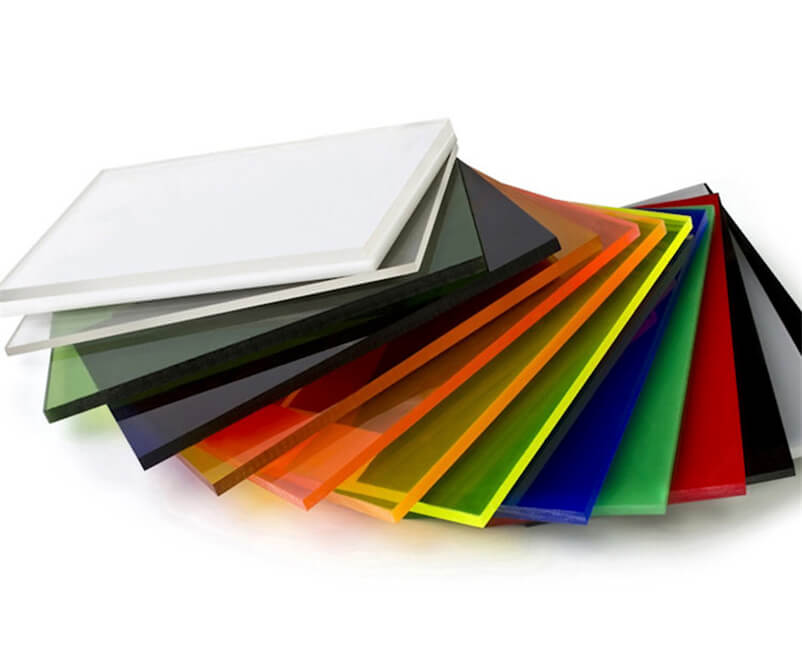With the continuous improvement of modern building requirements for material performance, new building materials with both structural strength and environmental adaptability have become the focus of industry attention. PS Sheet, as a metal sheet that combines functionality and decoration, has been widely used in the construction field, especially in curtain walls, roofs, and wall systems. The key to its popularity is that it can provide high-strength support while showing excellent corrosion resistance, thereby meeting the long-term use needs of building structures in complex environments.
1. Basic composition and performance characteristics of PS Sheet
PS Sheet is a composite material pre-coated with an organic coating on a cold-rolled or hot-dip galvanized steel substrate, usually consisting of a substrate layer, a chemical conversion layer, a primer layer, and a topcoat layer. This multi-layer structure not only gives the material good mechanical strength, but also effectively isolates external corrosion factors through the coating, thereby improving the durability of the material.
In construction applications, PS Sheet has the following core advantages:
High-strength characteristics: As part of the steel structure, PS Sheet can withstand large loads and is suitable for large-span roofs, high-rise building exterior walls and other load-bearing parts.
Excellent corrosion resistance: Through the dual protection of surface coating and galvanized layer, PS Sheet can remain stable in harsh environments such as humidity, salt spray, acid rain, etc., extending the service life of the building.
Convenience of construction: Due to its good processing performance such as cutting, bending, and stamping, PS Sheet is easy to install on site and improves construction efficiency.
Environmental protection and sustainability: Compared with traditional spraying process, PS Sheet is painted in the factory, which reduces VOC emissions at the construction site and conforms to the development trend of green buildings.
2. Implementation mechanism of high strength and corrosion resistance
The reason why PS Sheet can achieve the unity of high strength and corrosion resistance in buildings mainly depends on the following technical designs:
Substrate selection and processing
PS Sheet usually uses high-strength cold-rolled steel or hot-dip galvanized steel as the substrate to ensure that it has sufficient bearing capacity and deformation resistance. In addition, after the substrate is chemically passivated, a dense oxide film is formed, which provides a good adhesion basis for subsequent coatings.
Optimized design of coating system
The topcoat generally uses high-performance coatings such as polyester (PE), silicon-modified polyester (SMP) or fluorocarbon resin (PVDF). These materials not only have excellent weather resistance and UV resistance, but also can effectively resist acid and alkali corrosion. The primer enhances the adhesion between the coating and the metal to prevent the coating from peeling off.

Production process control
On the continuous roller coating production line, the coating thickness, curing temperature and time can be precisely controlled to ensure that the coating is uniform and dense, thereby improving the overall protective effect.
3. Performance in typical application scenarios
PS Sheet is widely used in various building structures, especially in the following scenarios, showing its synergistic advantages of high strength and corrosion resistance:
Industrial plant and warehouse roofs: Need to withstand wind and snow loads and temperature changes, PS Sheet relies on its structural strength and anti-aging ability to ensure the stability of the roof system.
Exterior walls of buildings in coastal areas: Facing harsh environments such as high salt fog and strong sunlight, the coating system of PS Sheet can effectively resist corrosion and maintain a neat appearance.
Urban public facilities: such as subway platforms, bus waiting halls and other places, PS Sheet can not only withstand frequent physical contact, but also resist chemical erosion caused by air pollution.
4. Future development direction
Although PS Sheet has performed well in the field of construction, it still faces room for further improvement in the future. For example, developing products with higher fire resistance levels to meet the fire protection requirements of high-rise buildings; exploring more environmentally friendly water-based or powder coating systems to reduce carbon footprints; and combining intelligent coating technology to enable the sheet to have self-cleaning, antibacterial and other functions, expanding its application potential in green buildings.
PS Sheet has successfully achieved an organic combination of high strength and corrosion resistance in the field of construction through scientific material design, advanced coating technology and strict manufacturing processes. It not only improves the safety and durability of building structures, but also provides strong support for architectural aesthetics and sustainable development. In the future, with the continuous advancement of material technology, PS Sheet will play an important role in more high-end construction projects.
 English
English 中文
中文 Español
Español


